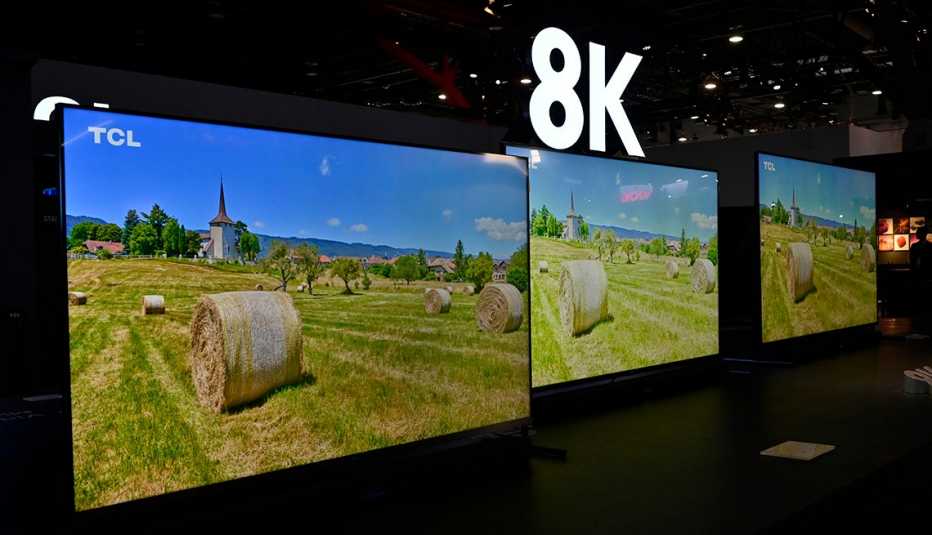Staying Fit


While most of us enjoy watching TV, buying a television can be overwhelming.
If you know when to shop — in November through Black Friday and Cyber Monday, before the Super Bowl, around the spring and summer holidays such as Memorial Day and Fourth of July — you can get a high-quality big-screen smart TV for a few hundred dollars. Prices pop up much higher when you want a screen size more than 50 inches on the diagonal.


AARP Membership— $12 for your first year when you sign up for Automatic Renewal
Get instant access to members-only products and hundreds of discounts, a free second membership, and a subscription to AARP the Magazine.
But all the jargon can make your head spin: 4K? HDR10+? QLED? You might need a geek-to-English dictionary just to keep up. The following primer includes some of the buzzwords you’ll likely find today.
4K should be a minimum
Your next TV will be a lot sharper. Referred to as “4K,” or sometimes ultra-high-definition TV (UHD TV), these televisions offer four times the resolution of a 1080p high-definition television (HDTV).
Instead of a screen that has roughly 2 million pixels — the little dots that make up the image — these televisions boast more than 8 million pixels.
The “p” in a 1080p HDTV doesn’t stand for pixels but for progressive scan, which renders a picture in the same way as your computer screen. Each line of these digital images is created in sequence, in contrast to old analog TVs that drew every other line and then filled in the blanks, called interlaced video.
Many TV providers and almost all streaming services now support 4K content, so the timing is right to pick up a 4K TV. But one caveat: If you’re buying a TV that’s 42 inches or smaller, it doesn’t pay to go with 4K. The screen size isn’t big enough to appreciate the extra detail unless you plan on sitting really close.


8K holds promise
Some newer TVs already have leapfrogged to deliver 8K resolution. Instead of the 8 million pixels that make up a 4K image, more than 33 million pixels result in an unbelievably lifelike and clear picture with a resolution best appreciated on a massive screen of up to 85 inches.
8K TVs are relatively expensive, and you won’t find a lot of 8K content right now. The videos are mostly limited to a handful of YouTube channels, but it is the video quality that newer smartphones can record.
Until 8K content becomes more readily available, these new televisions can “upscale” HD or 4K content to near 8K resolution. But you might want to save your money and skip 8K for now.




































































More on Home and Family
Are Extended Warranties for Devices Worth the Money?
Factory warranties may cover repairs or replacementHow to Bring Web Video, Home Movies to a Big-Screen TV
A step-by-step guide for communicating among devicesNetflix Ends $9.99 Ad-Free Tier, Bans Password Sharing
Plan with ads costs less than half of ‘standard’ plan